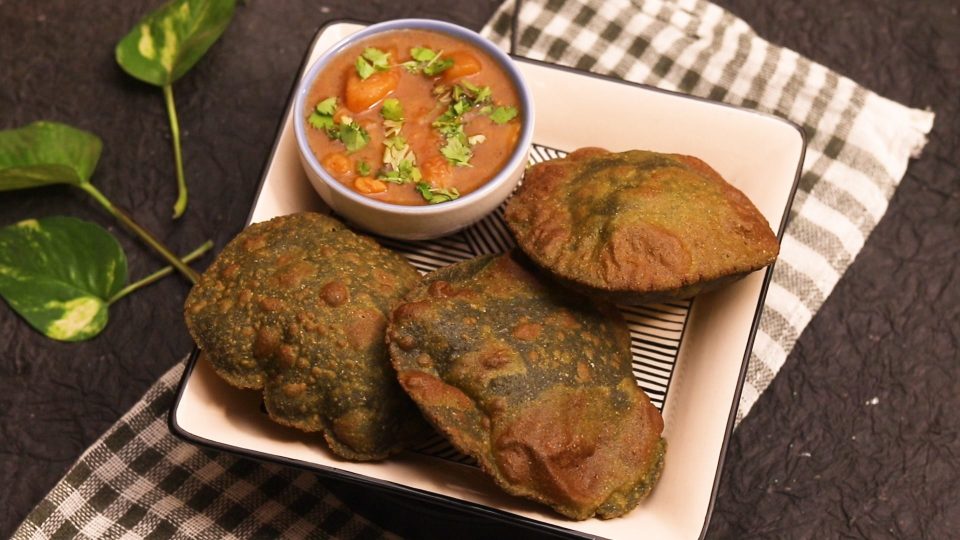
What India can learn from Odisha's cultivation of hardy, nutritious millets
State is pushing cultivation in vulnerable rainfed and upland areas, reviving millet foods, and roping in celebrities

To ensure the adoption of millet cultivation by a substantial number of Odisha farmers over significant acreages, and their production in large quantities. millets will have to be consumed not just as snacks but as staples, says Dinesh Ballam, the coordinator for the Odisha Millet Mission.

Odisha is mainly a rice producing and eating state. Its average annual production of rice is about 9.5 million tonnes. About 15 per cent of this is surplus. Rice is 91 per cent of the state’s total cereal production and 83 per cent of its foodgrain – cereals and pulses – output. This makes the state’s food economy vulnerable to floods, droughts and cyclones.
Watch: Interview with Dinesh Ballam, State Coordinator, Odisha Millet Mission
According to the state’s disaster management authority, Odisha has faced natural calamities in 41 of 50 years, and in 19 years there have been droughts. Millets are hardy and nutritious. They are essential for dietary and crop diversification.
Millet cultivation
Odisha is pushing the cultivation of millets in vulnerable rainfed and upland areas. Here, fertiliser use efficiency is low because of hilly terrain and wash off by rains. The millet-eating habit is also being revived among those groups that were eating millets. These happen to be tribals, who are also suffer from poor nutrition.
Also read | Palatability, shelf life key factors in boosting millet consumption: Scientist
Ballam told The Federal in an interview that high income earning people have multiple nutrition choices. But poor people don’t. It’s the state’s moral responsibility to give them access to affordable nutrition, he says.
The millet mission began in 2017. It covered 30 blocks in seven districts. In 2022, the mission got a five-year extension. It now covers 177 of 314 blocks in all 30 districts.
MSP for millet
In each block, at least 1,000 ha are to be brought under millets over five years. The minimum area per farmer is half an acre and the maximum five acres. Farmers are given seeds of promising varieties.
Those adopting a package of practices – system of millet intensification, transplanting and sowing in lines with adequate space between plants and rows, and inter-cropping with cotton or pulses – are paid Rs 26,500 a hectare over five years. There is assured procurement at minimum support prices (MSP). The MSP of rice last year was Rs 2,040 per quintal and of ragi Rs 3,578.
Among the major millets, jowar and bajra are grown the most nationally. Jowar is consumed mainly in Maharashtra and parts of Karnataka and Telangana. Bajra is a staple in Rajasthan and Gujarat. In Odisha, finger millets or ragi is preferred. Among minor millets, the focus is on traditionally grown little millets and foxtail millets.
Ballam says in the first five years about one lakh hectares shifted to millets. Over the next five years, he is confident of adding that number every year.
Celebrities for millet
To create demand, Odisha has tried to lift the image of millets by engaging celebrities and associating them with the world men’s hockey event that took place in Bhubaneshwar and Rourkela in January. Millets are being pushed at the village level at the meetings of expectant and lactating mothers and at fortnightly health and nutrition days.
Also read | High prices, robust demand help banana-growers recover from lockdown-time losses
They are being supplied through ration shops and are part of meals at anganwadis and in schools. About a hundred millet kitchens have been set up, Ballam says. About 70 recipes have been devised so that millets are consumed not just as traditional gruel. Street vendors have also been involved. There are schemes for installation of processing machinery at the village or panchayat levels.
In the coastal areas, the state intends to take up the cultivation of sorghum (jowar) and bajra (pearl millet) more as fodder crops. Ethanol can also be produced from sweet sorghum, which blends into the government’s motor-fuel blending programme.
Progress has been slow but steady. In 2016-17, area under ragi was 47,000 hectares or 0.72 percent of the state’s crop area. In 2020-21, it was 1.24 lakh hectares or 1.72 percent of the crop area. Changing people habits will not be easy. It took decades for millet-eating communities to switch over to rice. It will take a long time for the millet-eating habit to be revived. A strategy based on fads will be shaky, says Ballam. He prefers to take a decadal approach.


